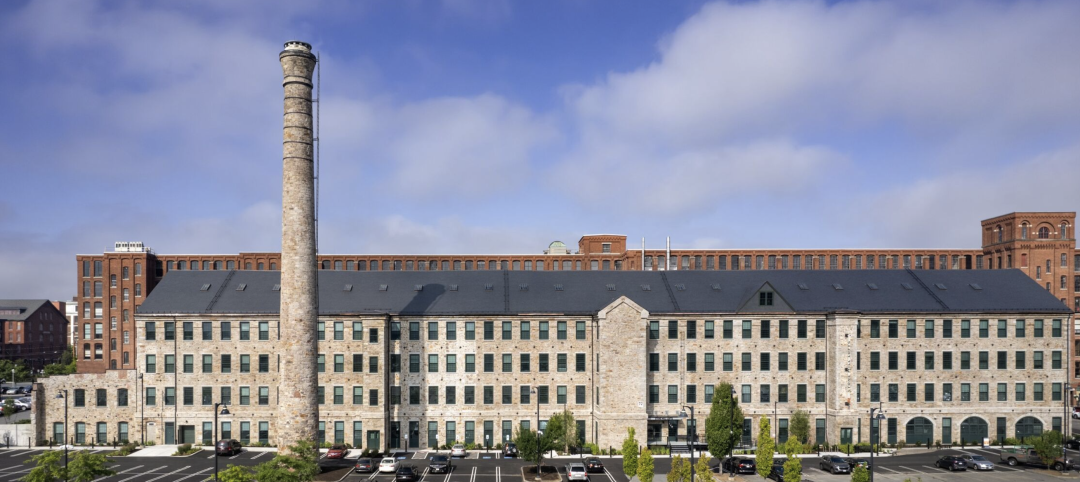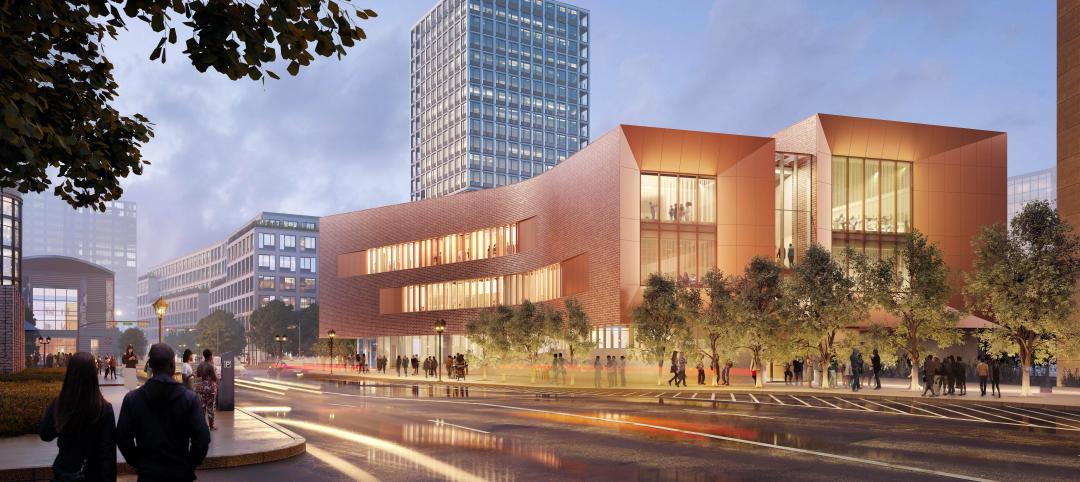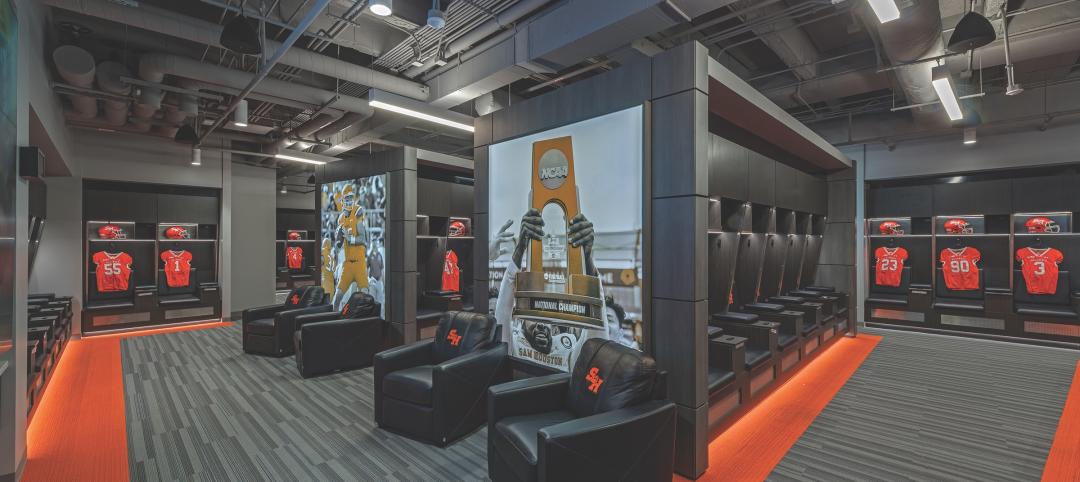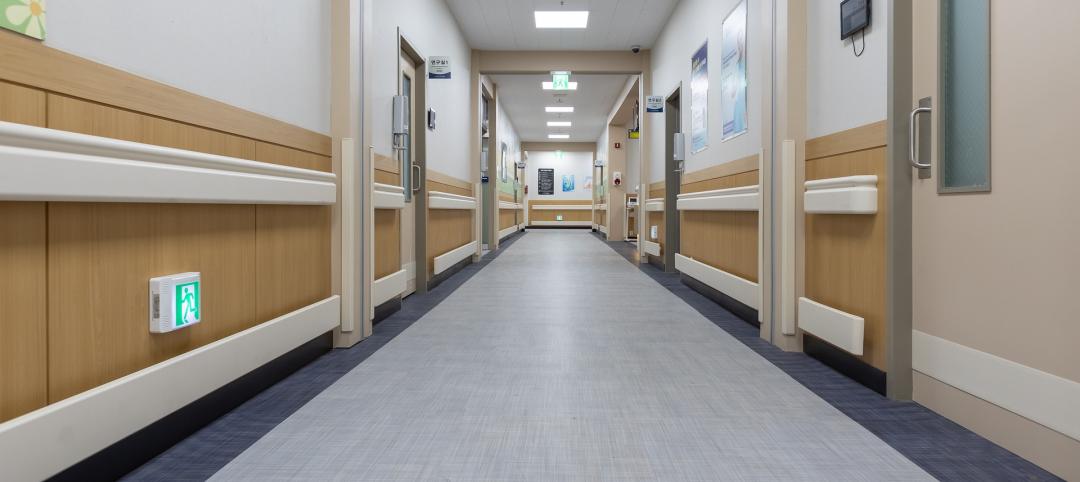DENTON (UNT), Texas — The University of North Texas has received a $2 million grant from the State Energy Conservation Office to install three wind turbines that will feed the electrical grid that provides power to UNT’s new football stadium and other buildings on the west side of Interstate 35E.
The stadium, which will open in September, is the first collegiate stadium designed to incorporate onsite renewable energy. The turbines are expected to be installed by the end of the year.
“The effort by the staff of the UNT System and the university to meet the requirements of the Department of Energy and the State Energy Conservation Office to win the grant for these new turbines underscores our commitment to creating a carbon-neutral campus,” said V. Lane Rawlins, president of UNT. “Our university has a 50-year legacy of environmental research and sustainability and we’re proud to be the first university in Texas to install wind turbines on campus. “
It is estimated that the three wind turbines will offset the energy consumption of Mean Green Village, the area of campus surrounding the new stadium, by about 6 percent and eliminate 323 metric tons of carbon dioxide being emitted annually. The turbines will be visible from I-35E and I-35W providing visual evidence of UNT’s commitment to sustainability.
A web-based monitoring system will provide details on energy production, carbon reduction statistics and empirical data that can be used for both educational and research purposes at UNT. Designed for low wind conditions, the community-scale 100kW wind turbines are well suited for the North Texas region, which has a wind speed average of approximately 12 mph.
Unlike the very large turbines generally found at wind farms, community-scale turbines are considerably smaller and ideal for municipalities, schools, neighborhoods, and universities. The approximate noise level of the turbines is 55 decibels at 40 meters (131 feet), which is equivalent to that of a normal conversation between two people.
“The construction of wind turbines at UNT will be an invaluable asset to the university and surrounding communities,” said Richard Escalante, vice chancellor for administrative services. “The reduction in carbon emissions from the use of fossil fuels will be a collective benefit for the entire North Texas region. Sustainable initiatives, such as the use of renewable energy technologies, ensure that future generations of the UNT and Denton communities are equipped with the necessary tools to continue economic expansion while simultaneously protecting the environment and human health.”
The wind turbines will be located southwest of the new stadium, and aligned approximately parallel to Bonnie Brae Street. The turbines will be on the east side of Bonnie Brae.
Design and construction of the turbines is expected to begin immediately. At its November meeting, the UNT System Board of Regents selected HKS DesignGreen for the design of the turbines and supporting structure. The construction manager will be selected shortly, according to Raynard Kearbey, UNT System associate vice chancellor for system facilities, whose team is overseeing design and construction of the stadium and wind turbines.
“These wind turbines will give UNT a trifecta of benefits,” noted Chris Mundell, sustainable design manager with HKS DesignGreen. “They will be an innovative educational tool for UNT students and faculty. The turbines also will be a symbol of sustainability for all the stadium’s spectators. Lastly, they help offset energy consumption of the new stadium, making it one of the most energy efficient in the country.”
Scheduled to open in September 2011, the new 28,000 seat stadium will feature luxury suites, an amenity-filled club level, and a Spirit Store.
The new stadium will be the centerpiece in UNT's Mean Green Village. In addition to hosting UNT events, it will serve the entire North Texas region as a venue for outdoor concerts, community events, high school games and band competitions.
The new stadium, which will replace 57-year-old Fouts Field, is designed by award-winning architects HKS Sports & Entertainment Group, the firm that designed the new Dallas Cowboys stadium. The UNT System will be seeking LEED Gold or Platinum certification. If the project is awarded LEED Platinum, it will be the first of its type to achieve this rating in the country.
Related Stories
Adaptive Reuse | Oct 22, 2024
Adaptive reuse project transforms 1840s-era mill building into rental housing
A recently opened multifamily property in Lawrence, Mass., is an adaptive reuse of an 1840s-era mill building. Stone Mill Lofts is one of the first all-electric mixed-income multifamily properties in Massachusetts. The all-electric building meets ambitious modern energy codes and stringent National Park Service historic preservation guidelines.
MFPRO+ News | Oct 22, 2024
Project financing tempers robust demand for multifamily housing
AEC Giants with multifamily practices report that the sector has been struggling over the past year, despite the high demand for housing, especially affordable products.
Performing Arts Centers | Oct 21, 2024
The New Jersey Performing Arts Center breaks ground on $336 million redevelopment of its 12-acre campus
In Newark, N.J., the New Jersey Performing Arts Center (NJPAC) has broken grown on the three-year, $336 million redevelopment of its 12-acre campus. The project will provide downtown Newark 350 mixed-income residential units, along with shops, restaurants, outdoor gathering spaces, and an education and community center with professional rehearsal spaces.
Office Buildings | Oct 21, 2024
3 surprises impacting the return to the office
This blog series exploring Gensler's Workplace Survey shows the top three surprises uncovered in the return to the office.
Healthcare Facilities | Oct 18, 2024
7 design lessons for future-proofing academic medical centers
HOK’s Paul Strohm and Scott Rawlings and Indiana University Health’s Jim Mladucky share strategies for planning and designing academic medical centers that remain impactful for generations to come.
Sports and Recreational Facilities | Oct 17, 2024
In the NIL era, colleges and universities are stepping up their sports facilities game
NIL policies have raised expectations among student-athletes about the quality of sports training and performing facilities, in ways that present new opportunities for AEC firms.
Codes and Standards | Oct 17, 2024
Austin, Texas, adopts AI-driven building permit software
After a successful pilot program, Austin has adopted AI-driven building permit software to speed up the building permitting process.
Resiliency | Oct 17, 2024
U.S. is reducing floodplain development in most areas
The perception that the U.S. has not been able to curb development in flood-prone areas is mostly inaccurate, according to new research from climate adaptation experts. A national survey of floodplain development between 2001 and 2019 found that fewer structures were built in floodplains than might be expected if cities were building at random.
Seismic Design | Oct 17, 2024
Calif. governor signs limited extension to hospital seismic retrofit mandate
Some California hospitals will have three additional years to comply with the state’s seismic retrofit mandate, after Gov. Gavin Newsom signed a bill extending the 2030 deadline.
MFPRO+ News | Oct 16, 2024
One-third of young adults say hurricanes like Helene and Milton will impact where they choose to live
Nearly one-third of U.S. residents between 18 and 34 years old say they are reconsidering where they want to move after seeing the damage wrought by Hurricane Helene, according to a Redfin report. About 15% of those over age 35 echoed their younger cohort’s sentiment.
















